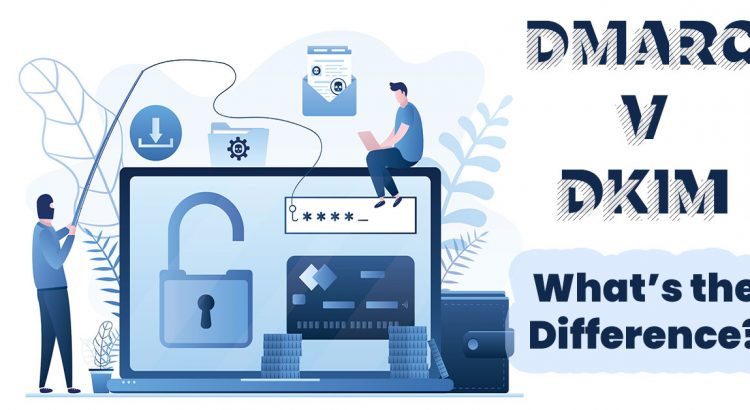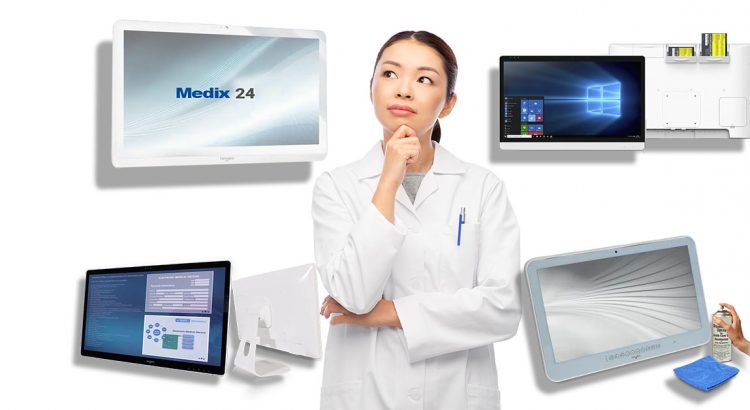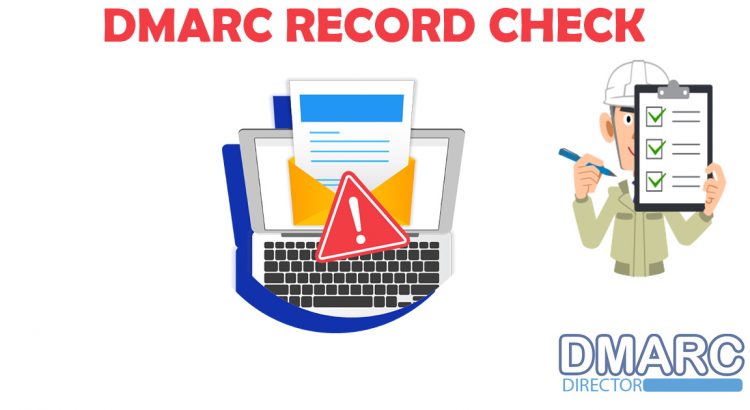Email has become an integral part of our lives, and it’s hard to imagine a world without it. However, with the convenience of email comes the challenge of securing it. Email spoofing and phishing attacks have become more sophisticated and prevalent, putting individuals and organizations at risk of data breaches and other cyber threats. Fortunately, […]
Month: March 2023

What is the difference between DKIM and DMARC?
As the number of cyber-attacks increases, it is essential to implement robust email authentication protocols to protect sensitive information from being accessed by unauthorized parties. Two such authentication protocols are DKIM (DomainKeys Identified Mail) and DMARC (Domain-based Message Authentication, Reporting, and Conformance). Although both these protocols are used to verify the authenticity of email messages, […]

Security Assessments for Industrial and Pharmaceutical OEMs
DMARC is a security protocol that helps prevent email fraud and phishing attacks by allowing email recipients to verify that incoming messages are from an authorized sender. Enabling DMARC will stop your domain from being spoofed. It stands for Domain-based Message Authentication, Reporting, and Conformance. DMARC also enables senders to receive reports on how their […]
The Advantages and Limitations of Medical PCs in Clinical Settings
Medical PCs are specialized computers designed for use in healthcare facilities, such as hospitals, clinics, and doctor’s offices. These computers are specifically built to meet the unique needs of healthcare professionals and provide reliable, high-performance computing solutions in clinical settings. In this blog, we will explore the advantages and limitations of medical PCs in clinical […]

Choosing the Right Medical PC for Your Healthcare Facility
In today’s rapidly evolving healthcare industry, technology plays an increasingly crucial role in patient care. Medical PCs are one such technological innovation that has transformed the healthcare industry by improving patient outcomes, increasing efficiency, and providing healthcare professionals with real-time patient information. Choosing the right medical PC for your healthcare facility is an essential decision […]

The Role of Medical PCs in Modern Healthcare
Medical PCs have become an essential component in modern healthcare, enabling healthcare providers to provide efficient, accurate, and effective patient care. Medical PCs are computers designed specifically for use in healthcare settings, with features and functions that cater to the unique needs of healthcare providers. In this blog, we will explore the role of medical […]
Manage Your Company’s Software and Subscriptions from One Place: Cubes, License Manager
Keep track of your company’s software and subscriptions with Cubes, the comprehensive software license manager. Streamline your operations with ease! As a business owner or IT administrator, you know how difficult it can be to keep track of all the software and subscriptions your company uses. From licenses to renewals, it can quickly become overwhelming. […]
Stay on Top of All Your Subscription Payments with a Software License Manager
A software license manager helps you manage your subscription payments and stay on top of all your licenses. Learn more about this tool and its benefits. As businesses and individuals increasingly rely on software for their daily operations, managing software licenses and subscription payments can become a tedious and time-consuming task. Failure to manage licenses […]
Cut Business Expenses with a Software License Manager
Discover how a software license manager can help your business save money and optimize your software usage. Learn more about its benefits here. What is a Software License Manager? A software license manager is a tool that helps businesses track and manage their software licenses. It provides an efficient way of managing licenses and helps businesses stay […]
The Advantages of Industrial PCs in Manufacturing
Industrial PCs have become an integral part of modern manufacturing processes. With advanced computing power and robust design, industrial PCs are designed to withstand harsh industrial environments and offer a reliable and efficient computing solution. In this blog, we will discuss the advantages of industrial PCs in manufacturing. Durability and Reliability: Industrial PCs are built […]
